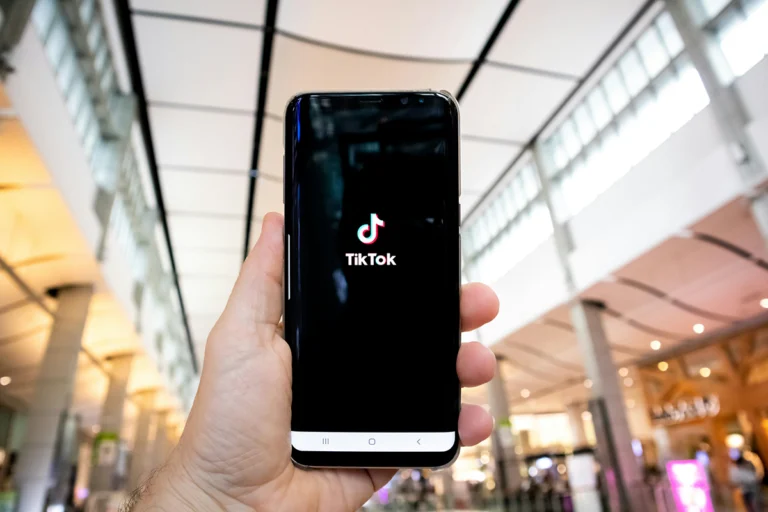The Quick-Scroll Trap — Why “Just One Instagram Story” Never Ends
Short-form streams—Instagram Stories addiction, TikTok loops, Snapchat updates—feel effortless. Each tap delivers a fresh hit of novelty on a variable-reward schedule, the same behavioural loop that powers slot machines. Your brain releases a tiny burst of dopamine for every unexpected laugh, like, or DM (Wilcockson, Osborne, & Ellis, 2019). Add in the ticking clock of Story expiry and suddenly “checking in” becomes a compulsion.
Signs Your Quick Fix Is Becoming an Addiction
- You open Instagram stories “for work” and surface 30 minutes later—no tasks completed.
- Phantom FOMO: you feel uneasy if you haven’t checked Stories in the past hour.
- Streak guilt: breaking a Snapchat streak feels like letting a friend down.
- Your thumb hovers over Stories the second a task gets hard.
- Sleep takes a hit because you scroll “just one more” until midnight.
If two or more feel familiar, your brain’s reward circuitry is steering the ship.
Mindful Short-Form Consumption
Small, repeatable tweaks beat heroic digital fasts.
Re-programme the cue-routine-reward loop
- Cue: boredom between tasks
- Default → open Stories
- Swap-in → 2 deep breaths + stretch, then ask “Do Stories help my next goal?”
- Cue: streak reminder
- Default → tap Snapchat immediately
- Swap-in → send a snap only when you have something meaningful to share
- Cue: anxiety spike
- Default → doom-scroll
- Swap-in → 30-second grounding exercise before opening any app
Time-box the dopamine
- Batch viewing. Block two 10-minute windows in your calendar (mid-morning, 4 p.m.) for snapchat streaks and Instagram stories. Everything else is do not disturb. Once that period is completed move onto a new task.
- Use your phone’s timer app or a third-party blocker to auto-lock Stories after your pre-set allowance. Less willpower, more guardrails.
Disarm FOMO with “micro-anchors”
- Put one real-world object (a book, stress ball, Polaroid) next to your keyboard. Touch it before every scroll reflex. The tactile pause jolts you out of autopilot.
- Remind yourself: Stories vanish for everyone, not just you. Missing one is normal, not a personal failure.
Re-design your feed for depth
- Unfollow or mute accounts that produce pure filler and encourage Instagram stories addiction. Follow creators who post less often but add genuine value.
- For brand managers: test story-sets that end with a clear pause (“See you tomorrow!”). You’ll model healthy boundaries for followers—and give yourself a break.
Leading by Example: Mindful Short-Form Content Consumption
If you build manage social media and stories for a living:
- Use completion-friendly storytelling (three-frame arcs) instead of endless taps.
- Post purposefully scheduled bursts, not drip-feed anxiety loops.
- Educate your community about healthy consumption—yes, even if it reduces watch-time. Long-term trust > short-term metrics.
Instagram Stories Cheatsheet
- Primary trigger: variable rewards + FOMO from missing Instagram stories
- Top fix: scheduled, intention-driven viewing windows aka mindful short-form consumption
- Streak stress antidote: hide counts, plan breaks together
- Mindful mantra: “Scroll with purpose or put the phone down.”
Final Thoughts
Micro-scrolling will only accelerate Instagram stories addiction as platforms double down on digestable formats. Treat your attention like prime real estate: lease it out thoughtfully, fence the boundary lines, and make sure you profit—in creativity, relationships, or revenue—every time you swipe.
References
- American Psychological Association. (2017). *Stress in America: Coping with change*. https://www.apa.org/news/press/releases/stress/2016/coping-with-change.pdf
- Wilcockson, T. D. W., Osborne, A. M., & Ellis, D. A. (2019). Corrigendum to “Digital detox: The effect of smartphone abstinence on mood, anxiety, and craving.” *Addictive Behaviors, 103*, 106263.
*Disclaimer: Offline Now offers educational coaching tips, not medical or therapeutic advice; please consult a qualified health professional for personal or clinical concerns.*





